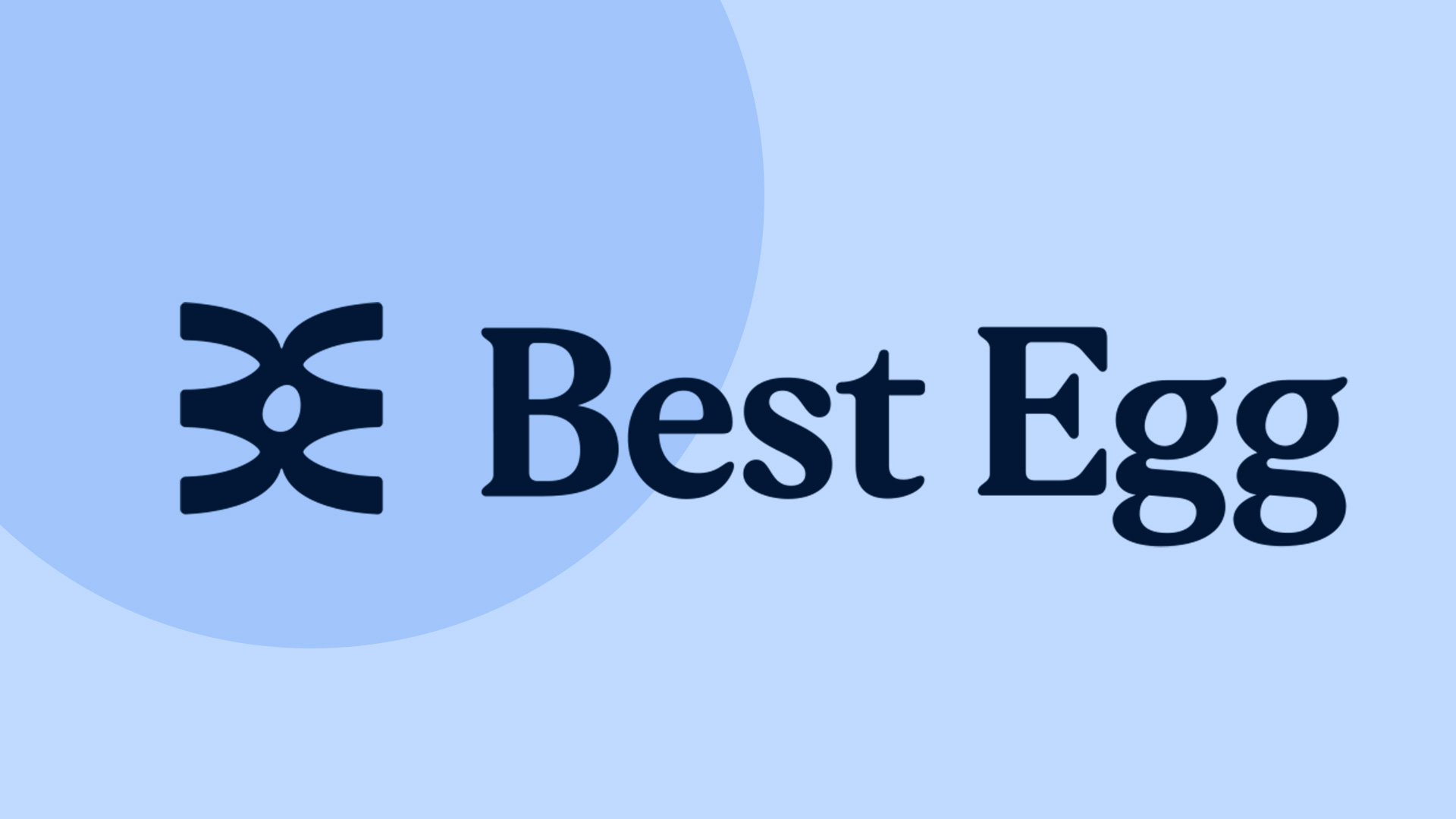Most products on this page are from partners who may compensate us. This may influence which products we write about and where and how they appear on the page. However, opinions expressed here are the author's alone, not those of any bank, credit card issuer, airline or hotel chain.
When shopping for a loan and deciding what’s right for you, it’s helpful to know the meaning of basic terms used in the lending industry. Not only will it help you understand the industry lingo, but it can also better equip you to read the fine print and ensure you make responsible financial decisions. The following glossary is designed to help you do just that.
1. Annual Percentage Rate
The annual percentage rate (APR) is the cost of the loan to the borrower. It combines all the interest and other fees charged into one number expressed as a percentage rate so the borrower can see what the loan will cost them. If a lender charges no fees, the interest rate will be the same as the APR.
2. Balance Transfer
A balance transfer is when you transfer a debt balance, such as a loan or credit card, to from one account to another. The goal is typically to save money on interest. People usually opt for balance transfers when consolidating debt to help pay off their debts faster.
3. Borrower
The borrower, or applicant, is the person applying for the loan. Upon signing the loan agreement, the borrower becomes responsible for paying back the loan. They must abide by the terms of the agreement so they do not default on the loan.
4. Co-Applicant or Co-Borrower
A co-applicant or co-borrower is a secondary loan applicant. They share in the approval process, including having their finances reviewed. Unlike a cosigner, however, the co-applicant has access to the borrowed funds. Sometimes having a co-applicant can result in better terms, especially if their credit score is high.
5. Collateral
Collateral is an asset (or assets) used to secure a loan. In the event the borrower defaults on the loan, the lender can seize and liquidate the asset(s) to recoup the money lent. Real estate, vehicles, boats, stocks, bonds, savings or insurance are examples of assets that people commonly use for collateral.
6. Cosigner
A cosigner is a person who jointly signs the loan agreement with the borrower, becoming responsible for the loan if the borrower should fail to make payments. Unlike the co-applicant, the cosigner does not receive any portion of the loan. A borrower may need a cosigner if their credit score or income does not qualify them for a loan. Having someone cosign may also lower interest rates if the cosigner has a strong credit history.
7. Credit Score
A person’s credit score is a three-digit number that reflects how good their credit history is. It is one of the factors used by lenders to determine whether someone qualifies for a loan or not, and what the interest rate may be.
8. Debt Consolidation
Debt consolidation is when a person combines two or more debts into one loan to end up with a single monthly payment. An example would be taking out a loan to pay back the debt across multiple credit cards, then focusing only on paying back that one loan. It is a strategy used to manage debt and possibly even lower interest rates.
9. Debt Settlement
Also known as debt relief or debt adjustment, debt settlement is when a person's outstanding debts are settled for an amount that is less than what they originally currently owe. The debt settlement amount is negotiated with creditors, and the debtor must agree to pay the full amount of the debt settlement. While it can be negotiated directly by the borrower, most people use a third party to negotiate a debt settlement in hopes of gaining a better outcome.
10. Debt-to-Income Ratio
Debt-to-income (DTI) ratio refers to how much of your monthly income is used to pay your debts. This percentage helps lenders evaluate your borrowing risk. The higher the DTI, the more risky a borrower is to a lender. Ideally, lenders prefer borrowers with a low DTI ratio of less than 35%.
11. Deferment
Loan deferment, or forbearance, is the approval to temporarily stop making loan payments for a fixed period. It can also refer to a temporary reduction in monthly payments for a given period. Reasons for requesting debt deferment may be economic difficulties, medical expenses or other financial emergencies.
12. Fixed Payments
Fixed payments are payments made periodically for a set number of years to pay off a loan. They are usually made monthly and are determined by a loan amortization schedule. Each payment includes a portion of the principal balance and the interest accrued.
13. Fixed Rate
Fixed-rate loans are loans with an interest rate that doesn’t change throughout the life of the loan. Whatever the interest rate is when you sign, it will remain the same until you’ve paid off the loan, no matter the fluctuations in the national interest rates.
14. Floating Interest Rate (or Variable Rate)
Also known as an adjustable or variable rate, a floating interest rate changes according to fluctuations in the national interest rate. Floating interest rates tend to have lower introductory rates than fixed-rate loans, but there is also the possibility of interest rates rising during the loan term. Floating rates can make monthly payments unpredictable and are dependent on economic conditions.
15. Grace Period
The grace period is how much time a borrower has to delay payment toward a loan after its due date without paying late fees or being considered default. Unlike a deferment, which must be requested, a grace period may be written into the loan agreement.
16. Gross Income
Gross income refers to a person’s total income before taxes and other deductions. It includes all sources of income, such as wages, received alimony, rental income, pensions, royalties, etc.
17. Guarantor
A guarantor is similar to a co-signer. Both become responsible for paying back the loan if the borrower cannot or does not. The difference is that a guarantor is needed when the applicant(s) qualifies but has a problematic credit issue while a cosigner is needed when the applicant(s) cannot qualify on their income alone.
18. Hard pull
Also called a hard inquiry or a hard credit check, a hard pull is when a lender requests your credit file. It will only happen when you make a formal application for a loan. Each hard pull will show up on your credit report and cause a minor dip in your score that is usually only temporary.
19. Installment Loan
An installment loan is a loan paid off with periodic installments. A fixed-payment loan with set monthly payments is one type of installment loan. Installments may be set at any periodic interval, not necessarily monthly.
20. Late Fee
Lending institutions charge borrowers a late fee if they fail to make a payment by the due date. If the loan agreement stipulates a grace period, the late fee would be charged after the grace period ends, not at the due date.
21. Lien
A lien provides a lender with the legal right to seize an asset(s) used as collateral or security for a loan. The lender can only use the lien if the borrower fails to meet the obligations of the loan agreement. The borrower cannot sell the asset that is the subject of a lien without the lender's consent.
22. Loan Agreement
A loan agreement, or contract, is an agreement signed by a borrower and lender that stipulates the details and conditions of the loan and provides regulation of each party's mutual promises. It is structured to include all the policies of the type of loan being made.
23. Loan Amortization
Loan amortization is the process of paying off a loan with fixed payments according to a repayment schedule. The loan amortization schedule may include how much the monthly payment will be, when payments will be made and how the interest and principal will be divided up over the term of the loan period.
24. Loan Default
Loan default is when a borrower fails to make the required payments that were agreed to in the initial loan agreement. Defaulting on a loan may result in the seizure of collateral or other legal claims and can limit future access to credit.
25. Loan Limit
A person’s loan limit is the maximum amount they are authorized to borrow. One's loan limit will depend on factors such as credit score, the length of the loan term, its purpose and whether it’s secured or unsecured.
26. Origination Fee
The origination fee is the upfront cost covering the administrative expenses of preparing the loan for the borrower. Origination fees are usually calculated as a percentage of the loan, ranging between 1% and 8%. The borrower can either pay the fee upfront, add the fee to the loan to pay it back in installments, or subtract it from the loan amount so you receive less.
27. Personal Line of Credit
Your personal line of credit (PLOC) is the total amount of money you can borrow for a predetermined period. It’s like having a flexible loan you can draw upon as needed, as long as you don’t exceed the limit and either repay immediately or within the pre-specified period.
28. Personal Loan Insurance
Personal loan insurance is an insurance policy taken out to repay a loan if the borrower becomes unemployed, disabled or loses their life by accident. In general, you may be required to purchase an insurance policy the first time you take out the loan.
29. Prepayment Fee (Prepayment Penalty)
Also known as a prepayment penalty, a prepayment fee is what you would be charged for paying off your loan principal early. Since the lender won’t collect whatever interest would have been charged on regular payments, this fee helps them recoup some of that money. Not all lenders charge prepayment fees.
30. Prequalification
Borrowers are prequalified when the lender indicates they likely qualify for a loan. It doesn’t guarantee approval, but a lender may take a quick look at your finances and make a soft pull on your credit record to prequalify you.
31. Principal
The loan principal is the actual amount of money borrowed. Since the loan accrues interest, monthly payments include payments toward the principal and the interest. With each payment made, the principal balance decreases.
32. Promissory Note
A promissory note is a legally binding document that contains a borrower’s written promise to pay back the lender. While it is not the same as a contract, it does contain all the necessary terms, such as the amount, interest rates, maturity date, etc. Both parties sign this document.
33. Refinance
Refinancing is the process of revising and replacing your existing loan agreement with a new one. It can involve borrowing more money or simply reducing your overall debt by acquiring better interest rates or a more favorable payment schedule.
34. Revolving Credit
Revolving credit is a type of credit that allows people to borrow a predetermined amount of money repeatedly while making payments toward the current balance. Each payment made replenishes the amount of credit available.
35. Secured Loan
A secured loan is a loan backed by collateral or security, such as a home or a car. It’s usually an asset that the lender can liquidate if the borrower defaults on their loan.
36. Signature Personal Loans
Signature loans are unsecured loans, not requiring collateral or security. It is generally approved based on “good faith” established by the borrower’s creditworthiness. It’s called a signature loan because it’s backed by the borrower's signature.
37. Soft Pull
Also called a soft inquiry or soft credit check, a soft pull is when a lender takes a quick look at your credit report without requesting your full credit file so your credit score is not affected. It’s used when you're shopping around for a loan but haven’t begun an application process yet. The lender uses the soft pull to see if you prequalify.
38. Underwriting
Underwriting is the process during which the lender assesses and establishes the borrower’s creditworthiness to determine whether or not they qualify for the loan. It considers income, credit score, assets and current debts or liabilities before granting final approval.
39. Unsecured Loan
An unsecured loan is one with no asset as collateral or security. It depends almost entirely on the borrower’s reputation, established by their credit score and other factors. Examples of unsecured loans include personal loans, student loans, and credit cards.

















